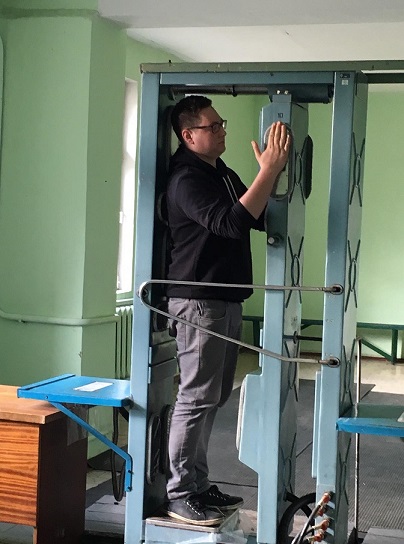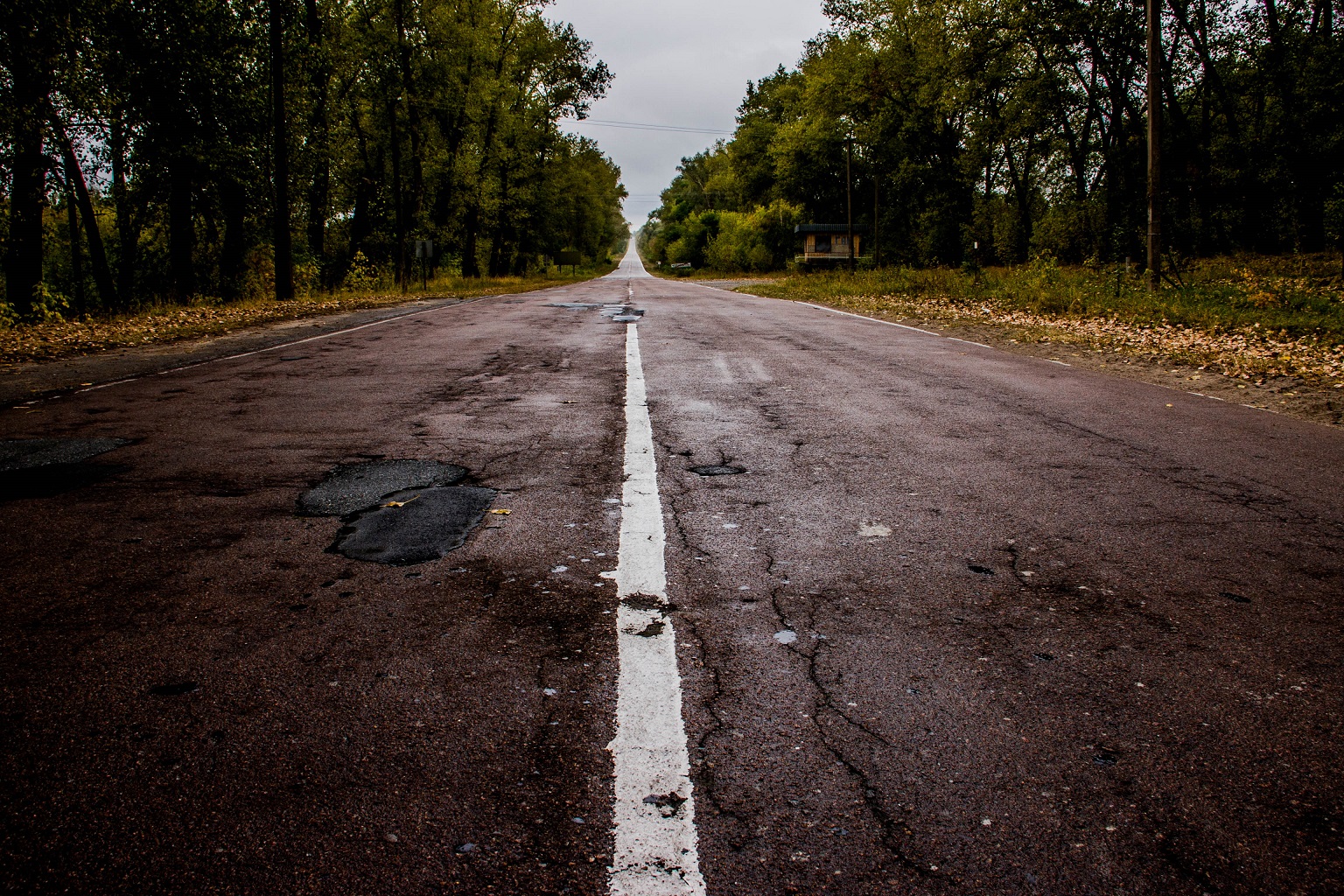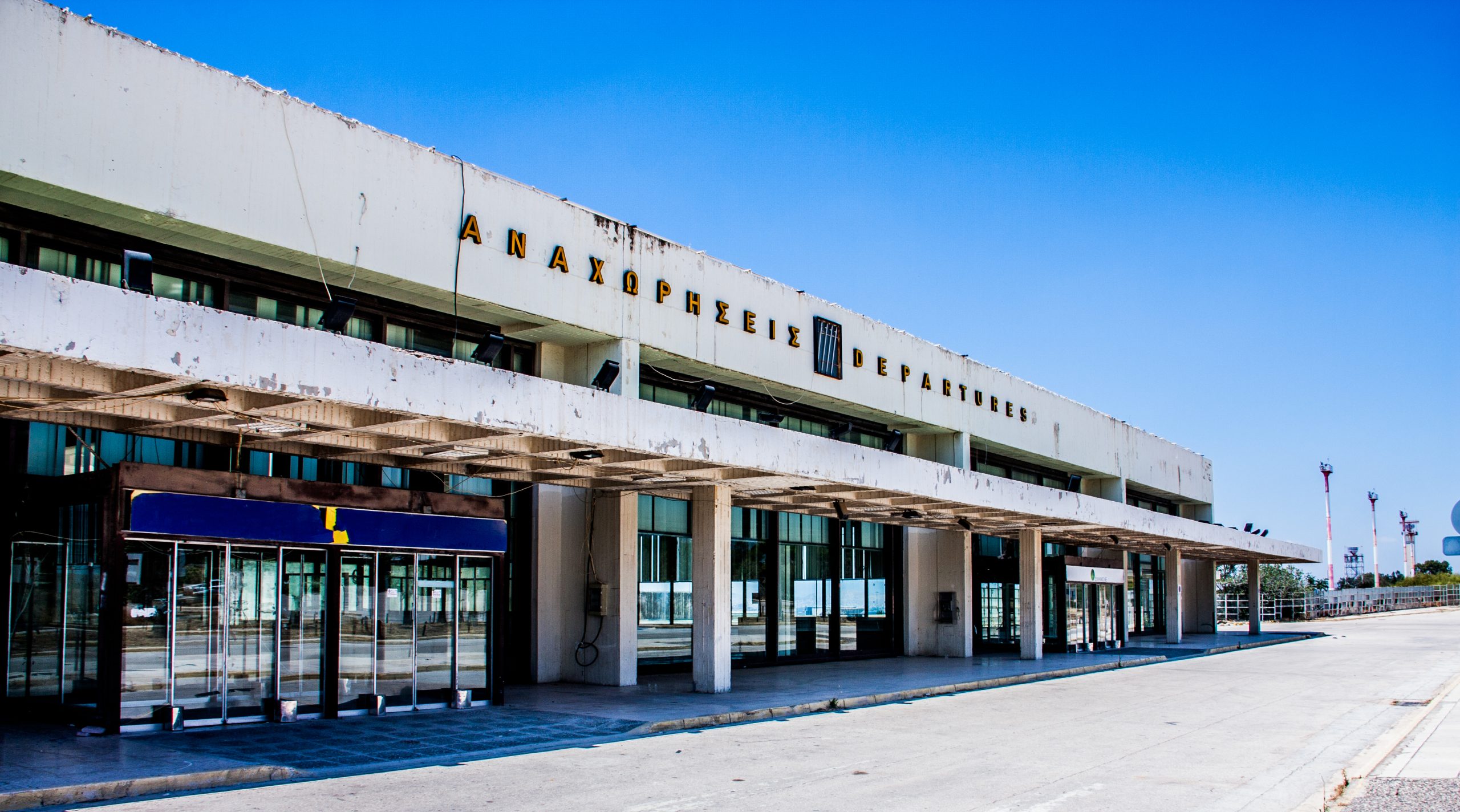Chernobyl, Once a small city in the USSR rose into international fame when the nuclear power plant of Chernobyl was built in the 70s. Shortly after, the name now stands for the largest nuclear accident in mankind in 1986.
The area of Chernobyl and its power plant has since then become a so called “exclusion zone”, where all inhabitants were evacuated shortly after the accident. As of today, only a few people live in the exclusion zone, mainly plant workers who live two weeks inside the contaminated area and then return two weeks home outside the exclusion zone.
It is now possible to visit the exclusion zone if you have a permit. The permit can only be received by booking a tour. But what are the risks in terms of radiation one may ask? If you stick to the rules, almost none. The radiation levels in the exclusion zone is generally lower than in large cities such as Kiev. Additionally, you can bring or rent a Geiger counter if that eases your mind. To put in perspective, you’ll get much more radiation when flying at cruising altitude from cosmic rays from outer space than in Chernobyl with the exception of a few hotspot zones such as the red forest. Your guide will know the hotspots and will not stay long at these places.
Below you can find a short photo report of my tour.
The checkpoint before entering the exclusion zone:
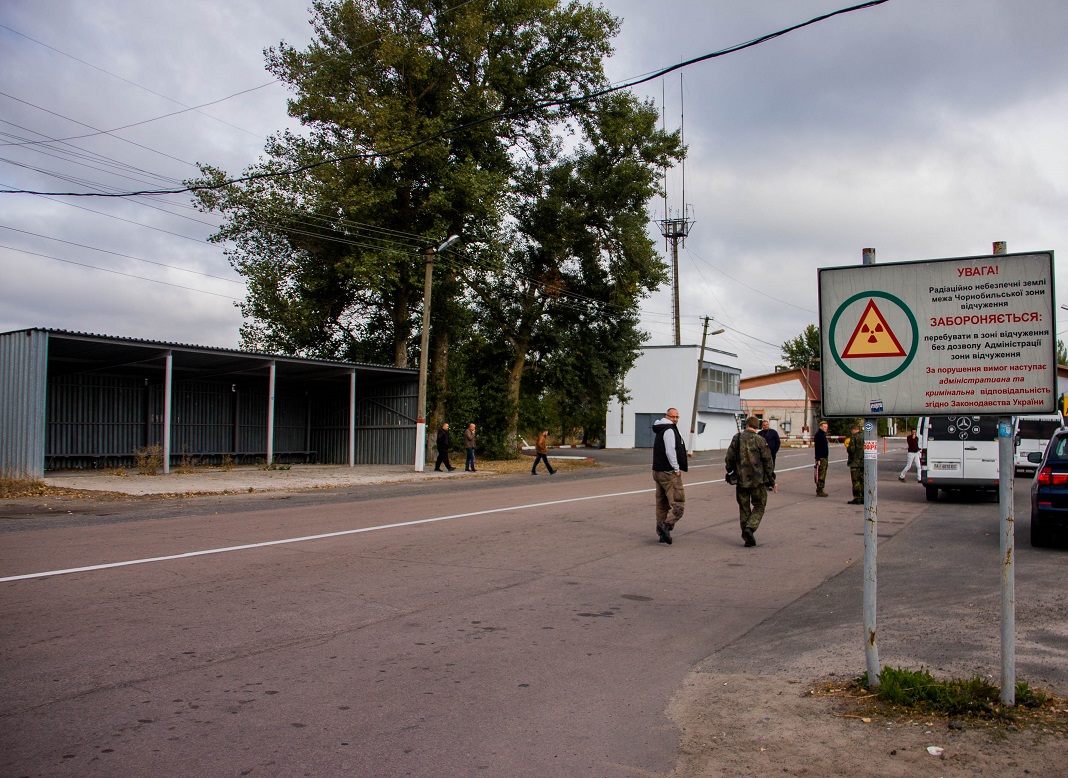
The abandoned kindergarten in the exclusion zone:
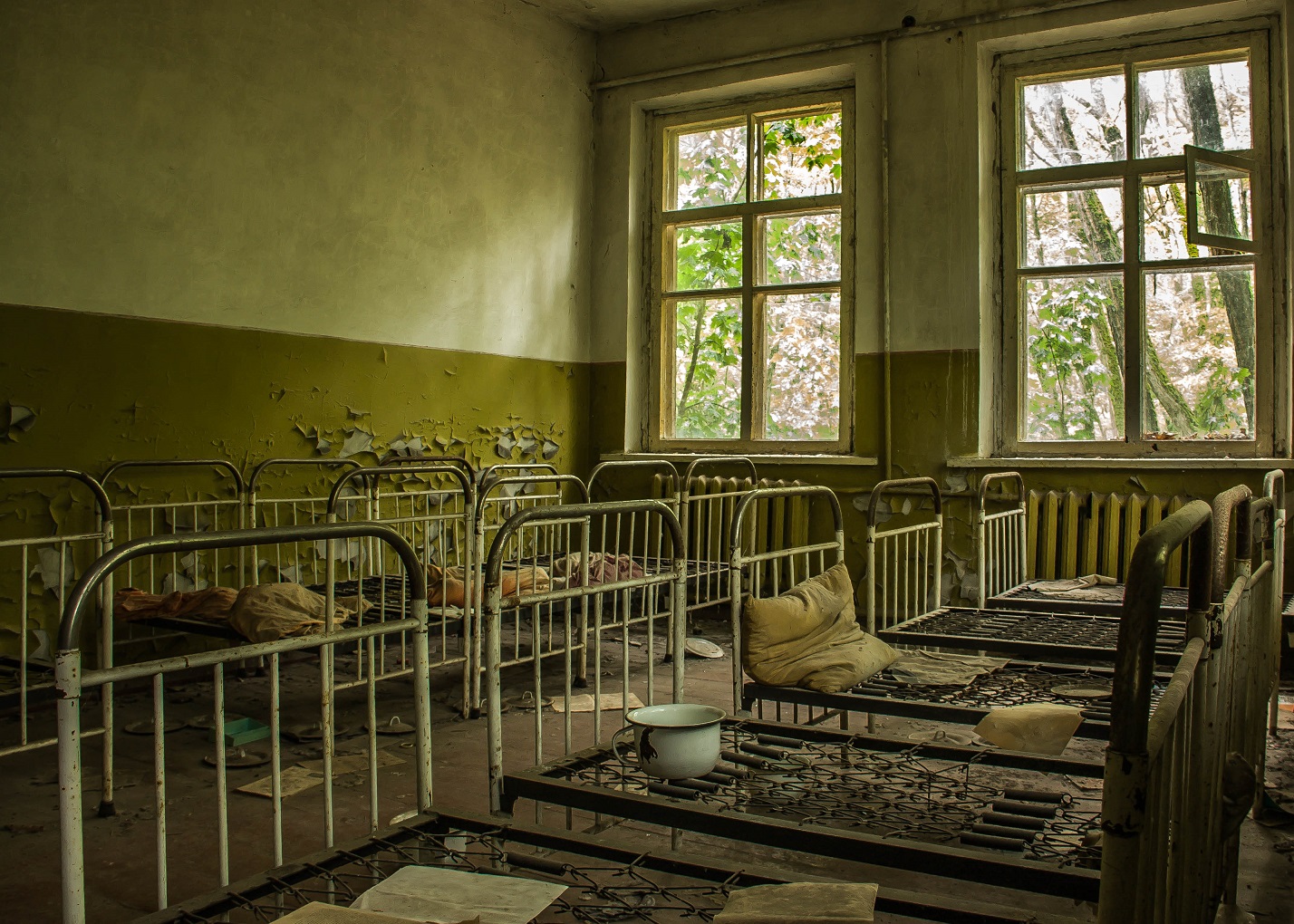
Reactor 4 – note: since November 2016, a new sarcophagus has been built and placed of over the reactor.
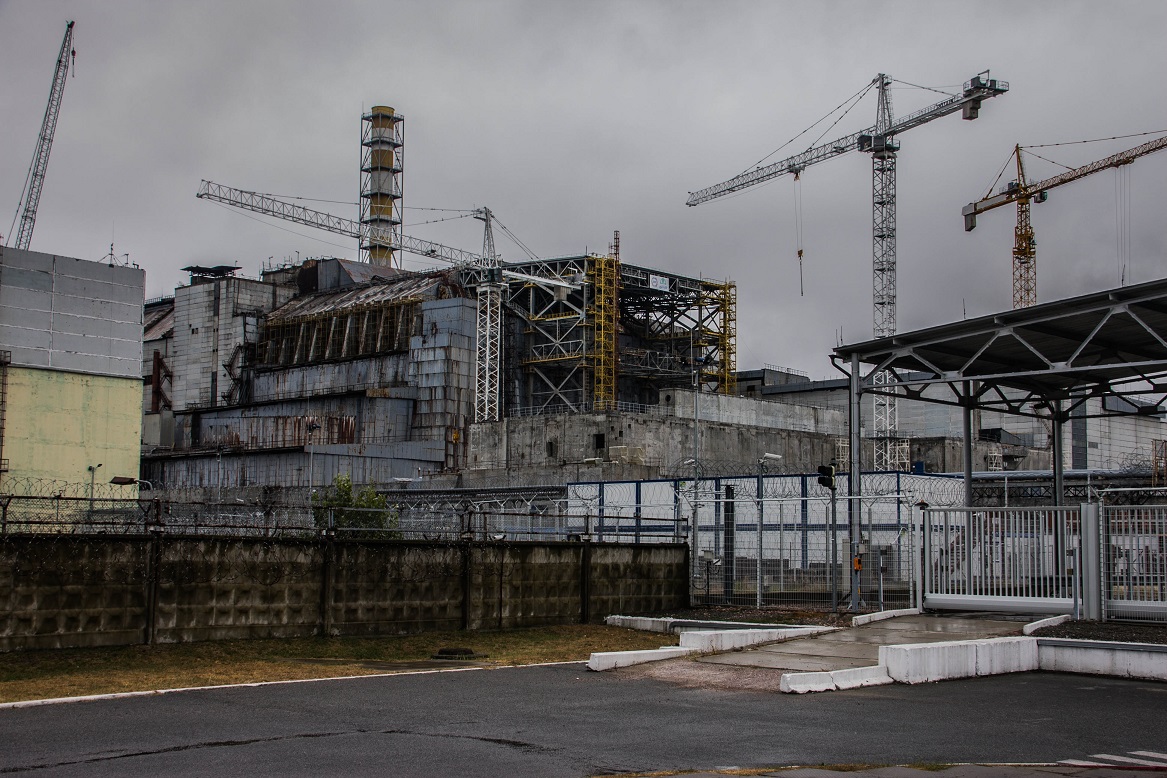
Pripyat statue close to the red forest, one of the hotspot zones in terms of radiation:
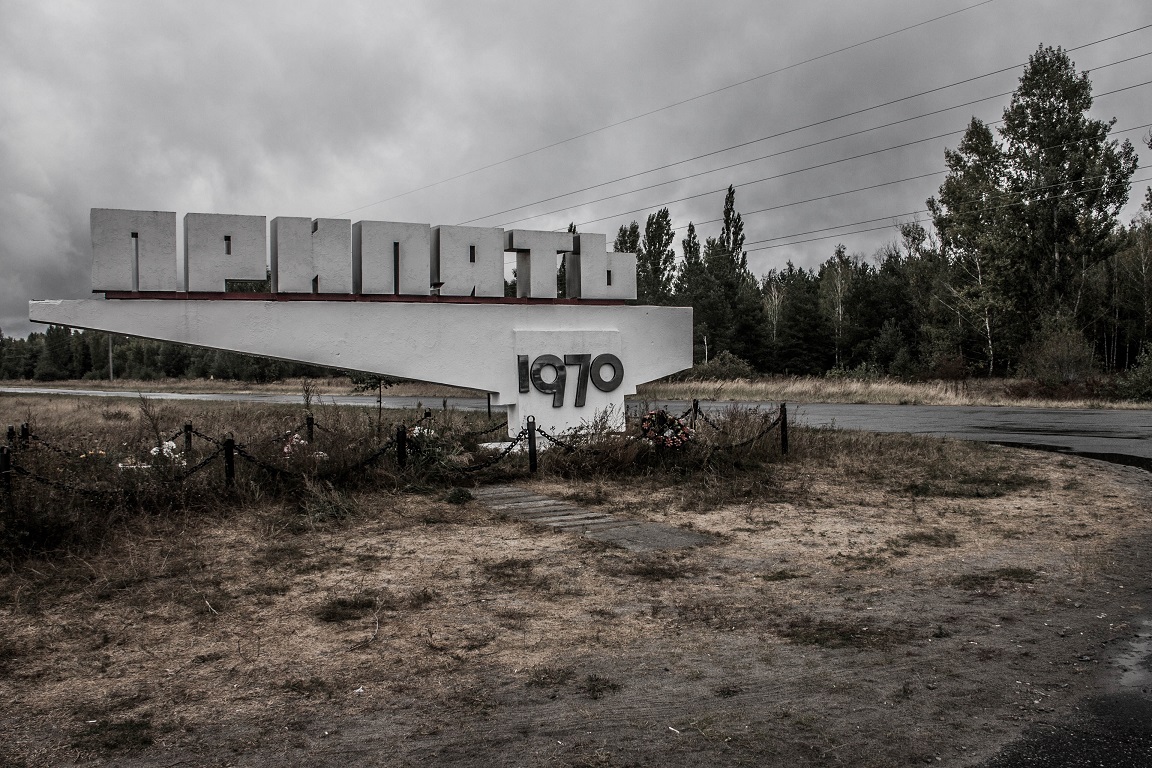
The school of Pripyat with the abandoned swimming pool and the gym hall:
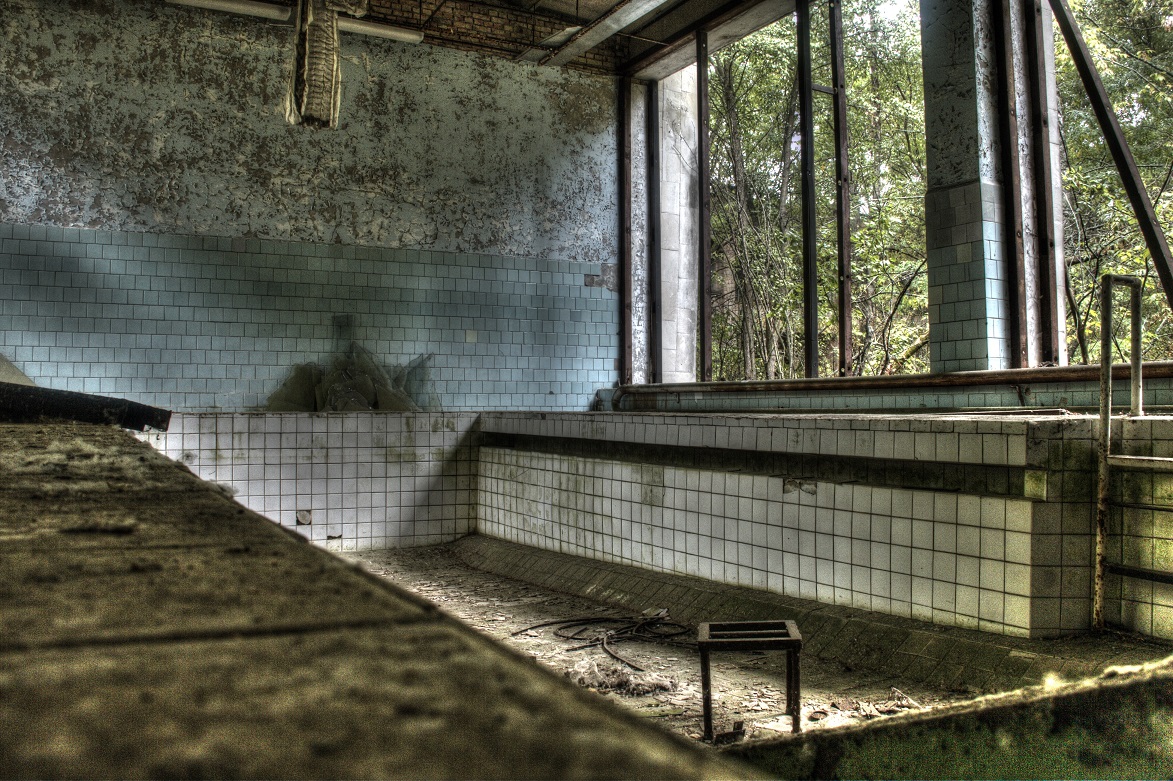
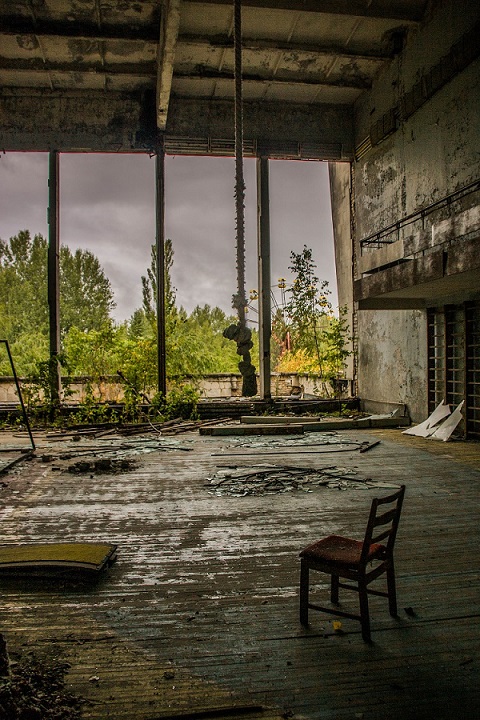
The abandoned amusement park of Pripyat:
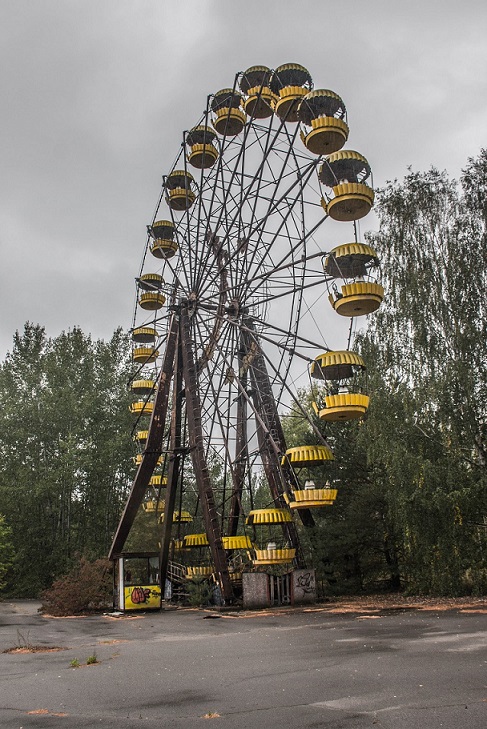
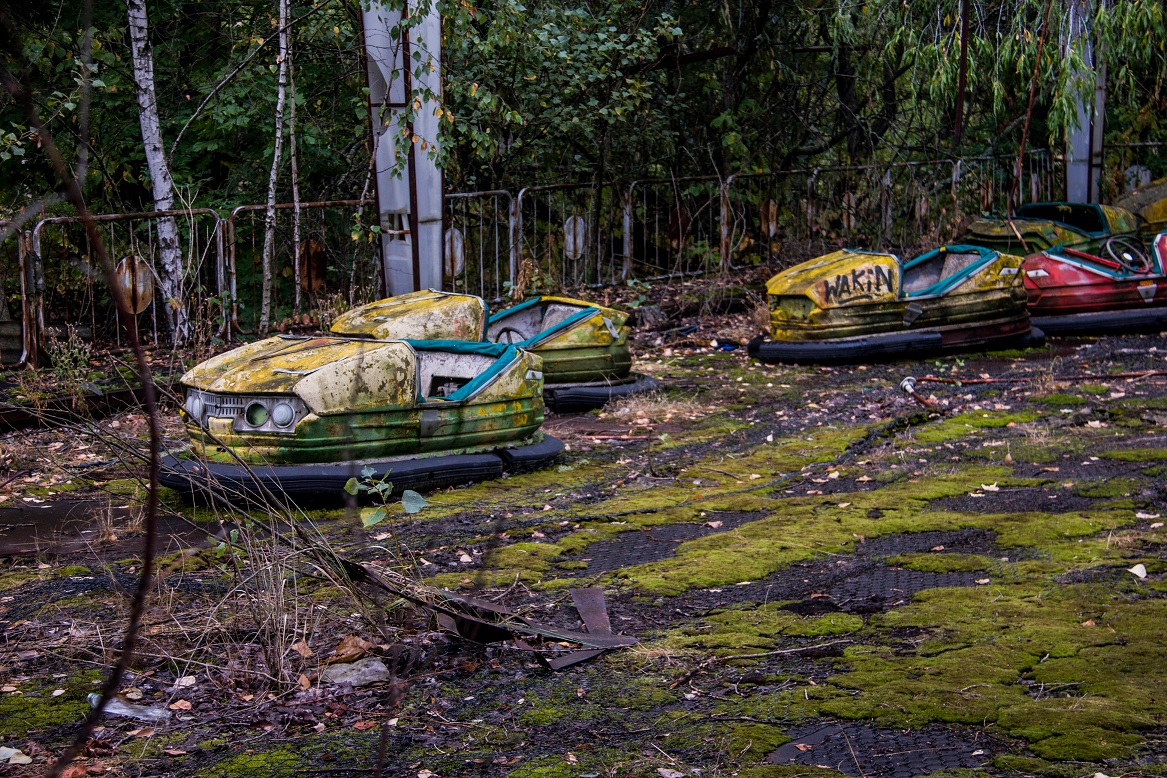
One of the classrooms in Pripyat:
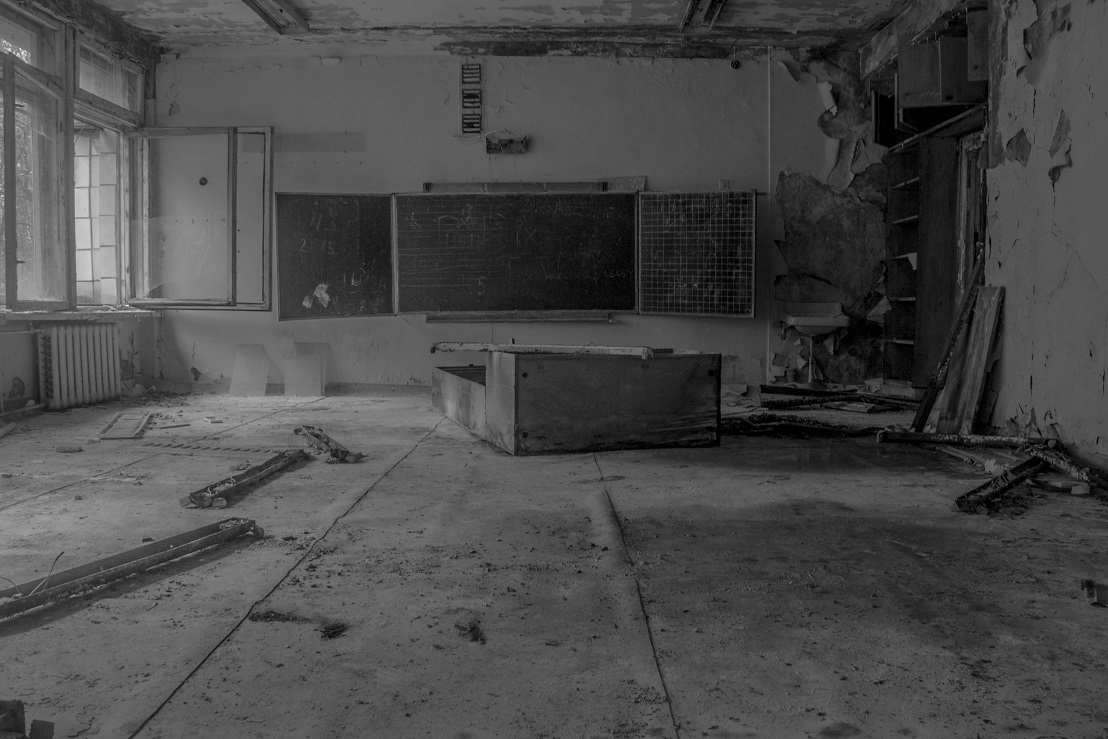
The school hall as a scene from a horror movie:
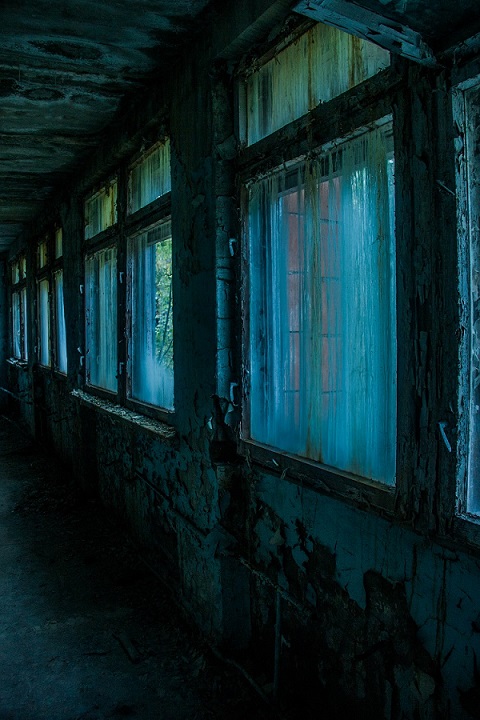
Music classroom in Pripyat school:
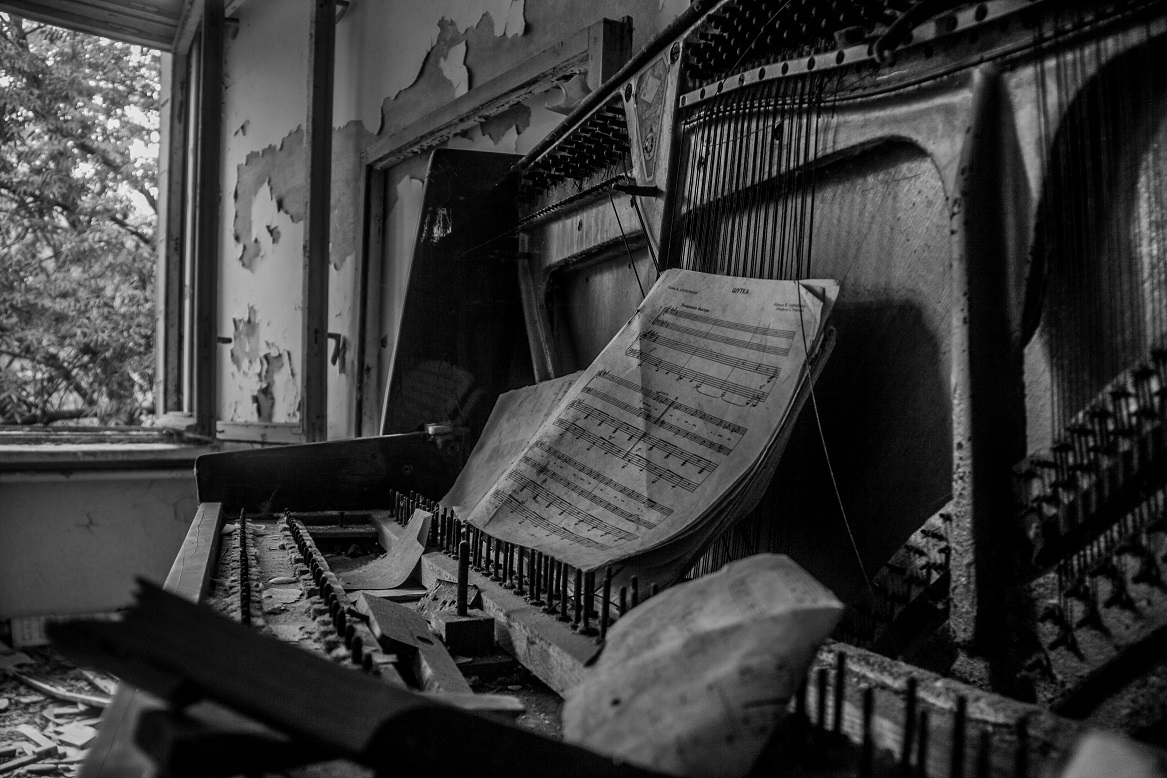
School’s main hall with thousands of gas masks:
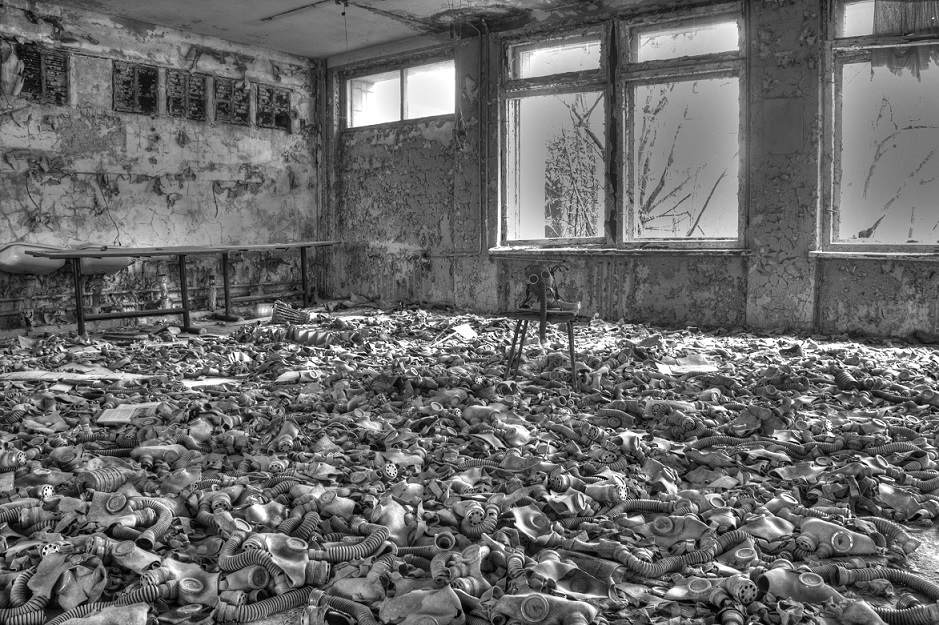
One of the interesting places that we visited was the Duga, a massive over-the-horizon radar system built during the Cold War. The Duga, which became famous for overflowing frequencies with repetitive tapping noises on radio and television got nicknamed as the Russian Woodpecker by the West.
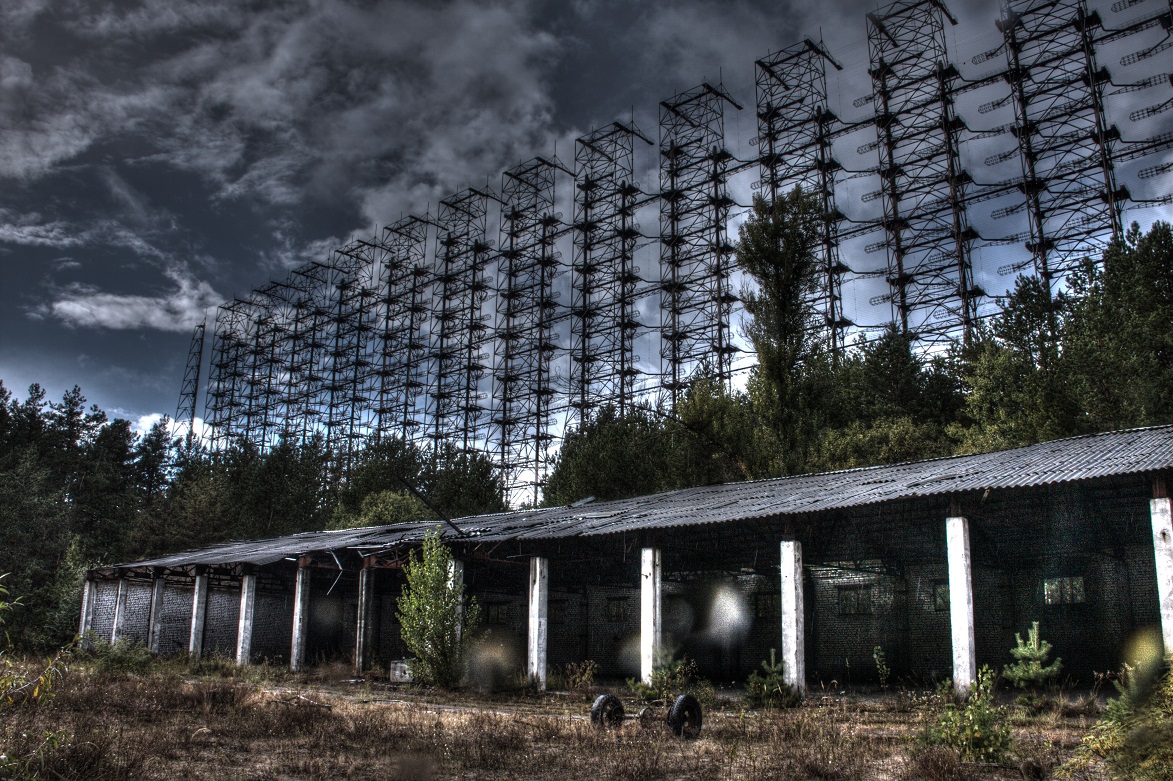
When leaving the exclusion zone, we had to pass a radioactive contamination detection device. Luckily, a green light flashed and I was free to go.
